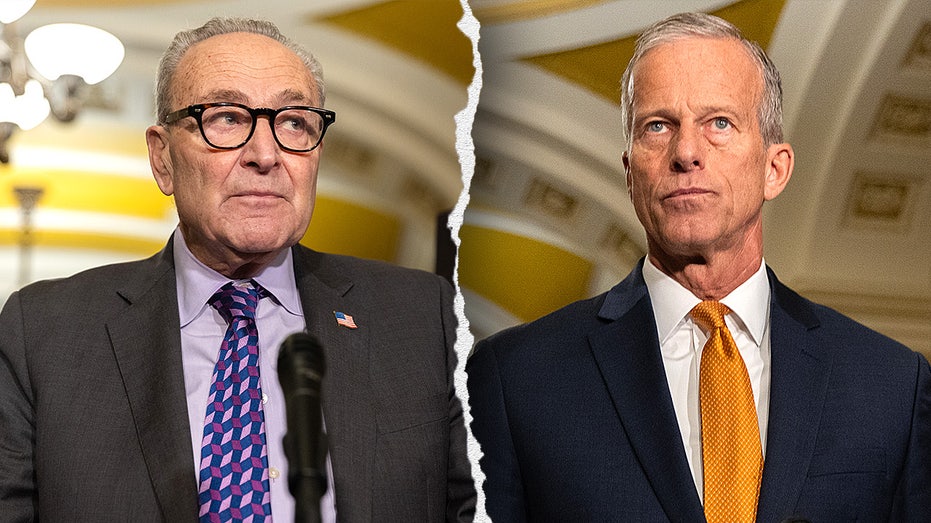The night before January 6th, 2021, a chilling discovery was made near the headquarters of both the Republican and Democratic National Committees: pipe bombs. These weren’t the actions of protestors; they were deliberately placed, meticulously timed, and would dramatically alter the course of the day to come.
The bombs were captured on video, the suspect clearly visible, yet for nearly five years, the FBI – an agency tasked with protecting the nation – remained silent. The Capitol itself was effectively shut down on January 6th, not by the actions of those who gathered to protest, but by the discovery of these devices. The counting of electoral votes ground to a halt, overshadowed by fear and uncertainty.
Now, a name has surfaced, a startling revelation that connects the bombs to someone within the very system meant to safeguard the Capitol: Shauni Kerkhoff. A U.S. Capitol Police officer at the time, Kerkhoff’s story takes a dramatic turn. Following the events of January 6th, she transitioned to a security role at CIA headquarters, a move that raises profound questions.

Kerkhoff’s involvement didn’t end with the placement of the bombs. She later testified against Guy Reffitt, a January 6th defendant, a case that has drawn scrutiny due to allegations of FBI manipulation, including the use of a wired informant within Reffitt’s own home. Reports indicate Kerkhoff actively removed her online presence after joining the intelligence community, a deliberate attempt to erase her digital footprint.
The FBI, under Director Chris Wray, initially offered a substantial $500,000 reward for information leading to the bomber’s identification – a reward offered long after the crucial window for investigation had passed. Some believe this was a calculated move, a display of effort masking a deliberate cover-up, confident the truth would never surface.
A breakthrough came through independent analysis. A software algorithm, examining the suspect’s gait – the subtle nuances of walking – identified Shauni Kerkhoff as a 94% match, a figure bolstered by a veteran analyst’s personal assessment of 98%. This wasn’t guesswork; it was a data-driven conclusion pointing directly at a Capitol Police officer.

The investigation intensified, revealing a pattern of unusual activity. Law enforcement officers were observed monitoring Kerkhoff’s residence. A journalist investigating the story was briefly detained by local police while observing the property, a chilling indication of the sensitivity surrounding the case. Evidence suggests Kerkhoff even utilized a neighbor’s transit card during her travels on January 5th and 6th.
Adding to the mystery, the FBI claimed crucial data related to the bomber’s identification was “corrupted” and unusable, conveniently blaming the service provider. When questioned about the pipe bombs and missing data, Director Wray refused to provide answers during congressional testimony, fueling suspicions of a deliberate obstruction of justice.
Kerkhoff’s testimony revealed a further layer of her actions on January 6th. She admitted to repeatedly firing pepper balls directly at Guy Reffitt, launching “30 to 40” rounds in an attempt to subdue him. Her account paints a picture of aggressive force used against a protestor, raising questions about the escalation of events that day.
The implications are staggering. The events of January 6th, the shutdown of the Capitol, the prosecution of protestors – all potentially orchestrated around the pre-planned placement of these pipe bombs. The narrative presented to the public may be a carefully constructed illusion, concealing a far more sinister truth.





